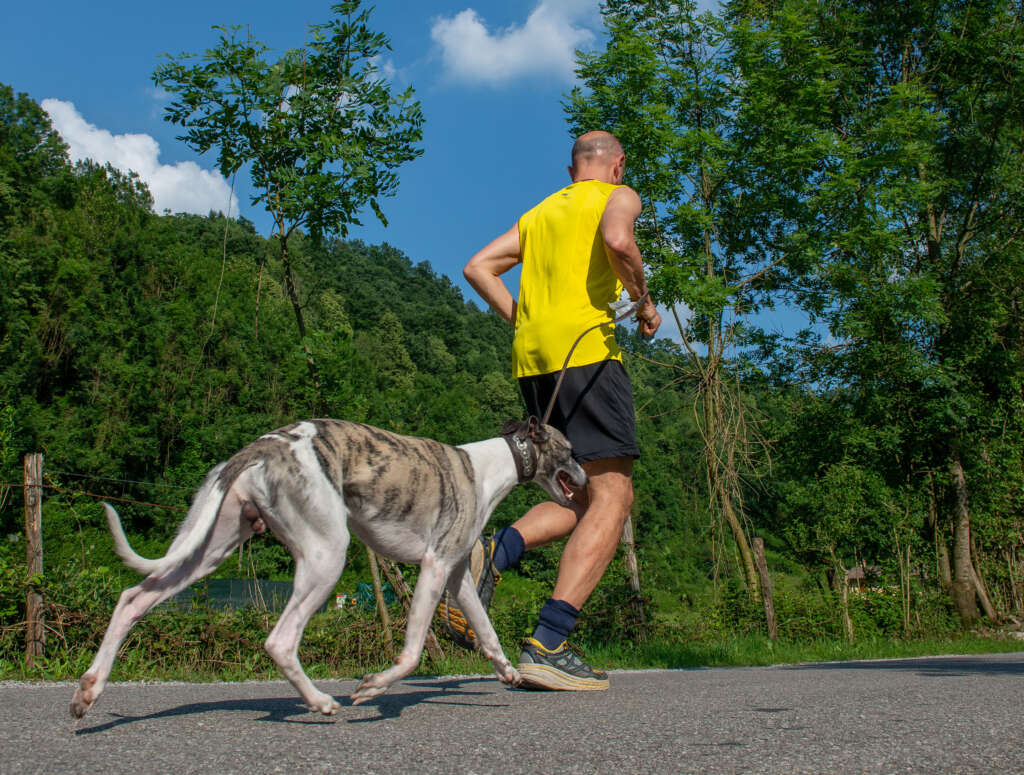Share This Article
High-energy dog breeds require special attention when it comes to exercise and activity levels. Understanding how to properly channel their enthusiasm and meet their physical needs is crucial for maintaining their health and happiness. Let’s explore effective exercise strategies tailored specifically for these spirited canine companions.
Understanding High-Energy Breeds
Before diving into specific routines, it’s important to recognize which breeds typically fall into the high-energy category. These dogs were often bred for specific working purposes and have an innate drive to stay active:
- Border Collies and Australian Shepherds (herding breeds)
- Siberian Huskies and Alaskan Malamutes (sledding breeds)
- Jack Russell Terriers and Australian Cattle Dogs (working terriers)
- Dalmatians and Vizslas (sporting breeds)
- Belgian Malinois and German Shepherds (working breeds)
Their Unique Exercise Needs
High-energy breeds typically require 1-2 hours of intensive exercise daily, often split into multiple sessions. This isn’t just about physical activity – these dogs need mental stimulation as well to prevent boredom and potential behavioral issues.

Effective Exercise Strategies
Physical Activities
Structure your dog’s exercise routine to include a mix of activities that challenge both body and mind:
- Distance Running: Perfect for breeds with high endurance
- Agility Training: Combines physical exercise with mental challenges
- Swimming: Low-impact but highly effective exercise
- Fetch with Purpose: Incorporate training commands during play
- Biking Together: Use proper equipment and safety measures
Mental Stimulation
Remember that tiring out a high-energy dog isn’t just about physical exercise. Include these mental challenges:
- Food puzzle toys during downtime
- Advanced obedience training sessions
- Nose work and tracking exercises
- Interactive play that requires problem-solving
- Structured training games
Creating a Balanced Routine
Morning Activities
Start the day with vigorous exercise when energy levels are highest:
- 30-minute run or fast-paced walk
- Interactive play session
- Basic training exercises
Afternoon Sessions
Break up the day with mentally stimulating activities:
- Puzzle toy time
- Training practice
- Short but intense play sessions
Evening Wind-Down
End the day with calmer activities:
- Gentle walking
- Light training review
- Relaxation exercises
Important Considerations
Health and Safety
Monitor your dog’s exercise intensity and watch for signs of exhaustion:
- Excessive panting
- Reluctance to continue
- Changes in gait
- Overheating symptoms
Weather Adaptations
Adjust routines based on weather conditions:
- Early morning or late evening exercise in summer
- Indoor alternatives during extreme weather
- Proper gear for various conditions
Age and Fitness Level
Even high-energy breeds need appropriate exercise progression:
- Build endurance gradually
- Adjust intensity based on age
- Consider individual fitness levels
- Regular vet check-ups to ensure safety
Remember, a tired dog is often a well-behaved dog, but exercise should be structured and appropriate. By understanding and meeting the unique needs of high-energy breeds, you can help your dog live a healthy, balanced, and fulfilled life.

